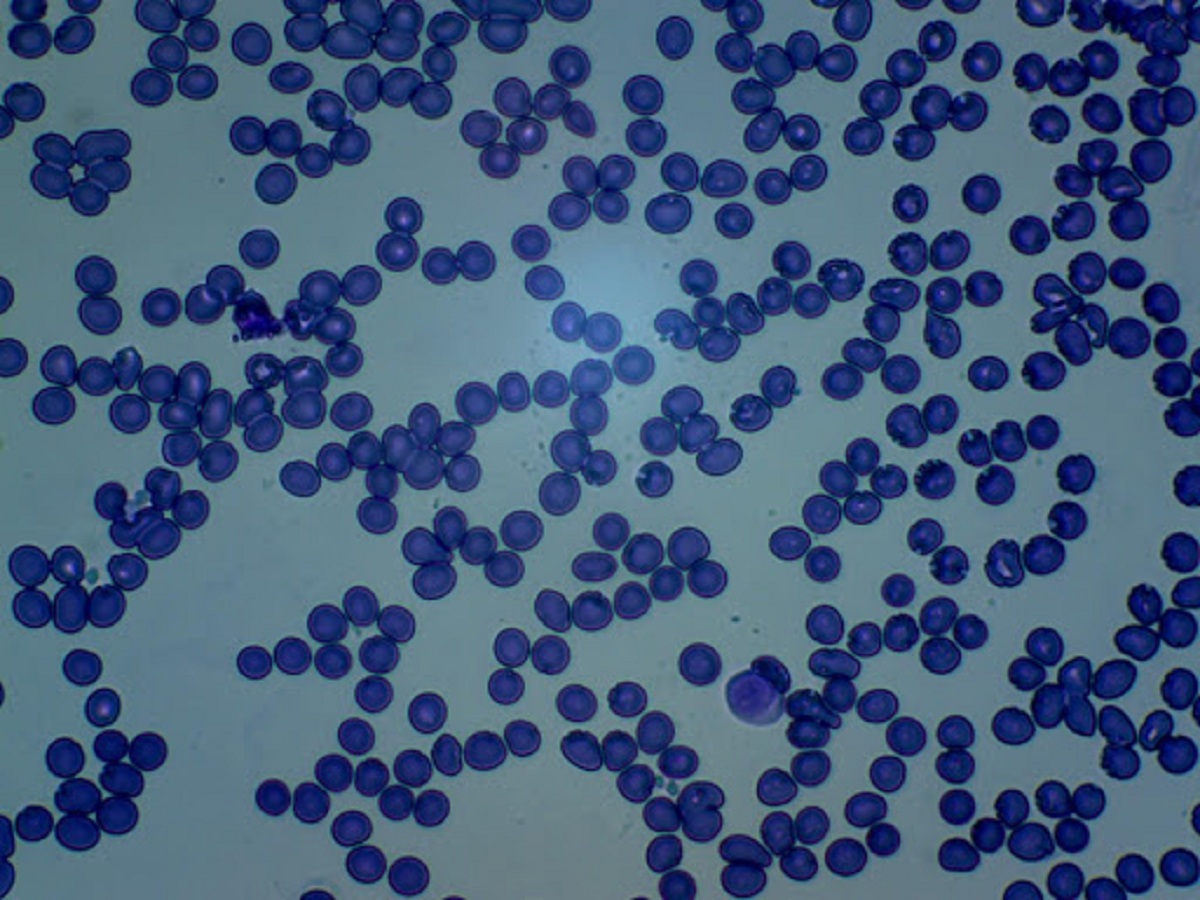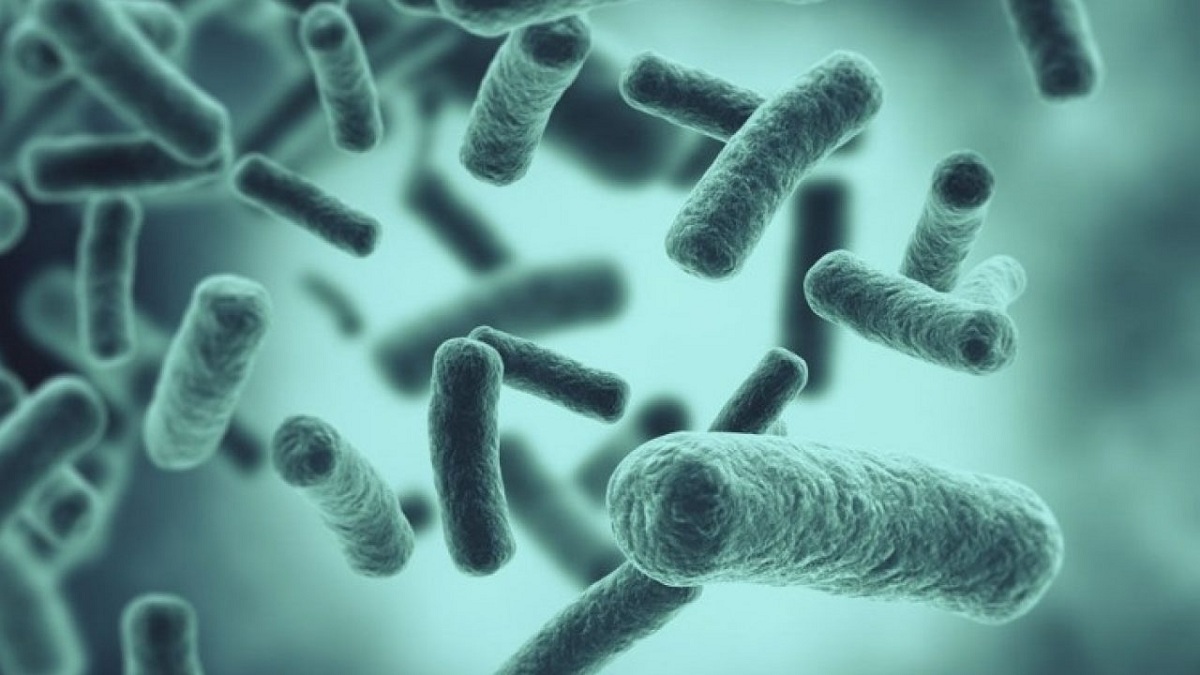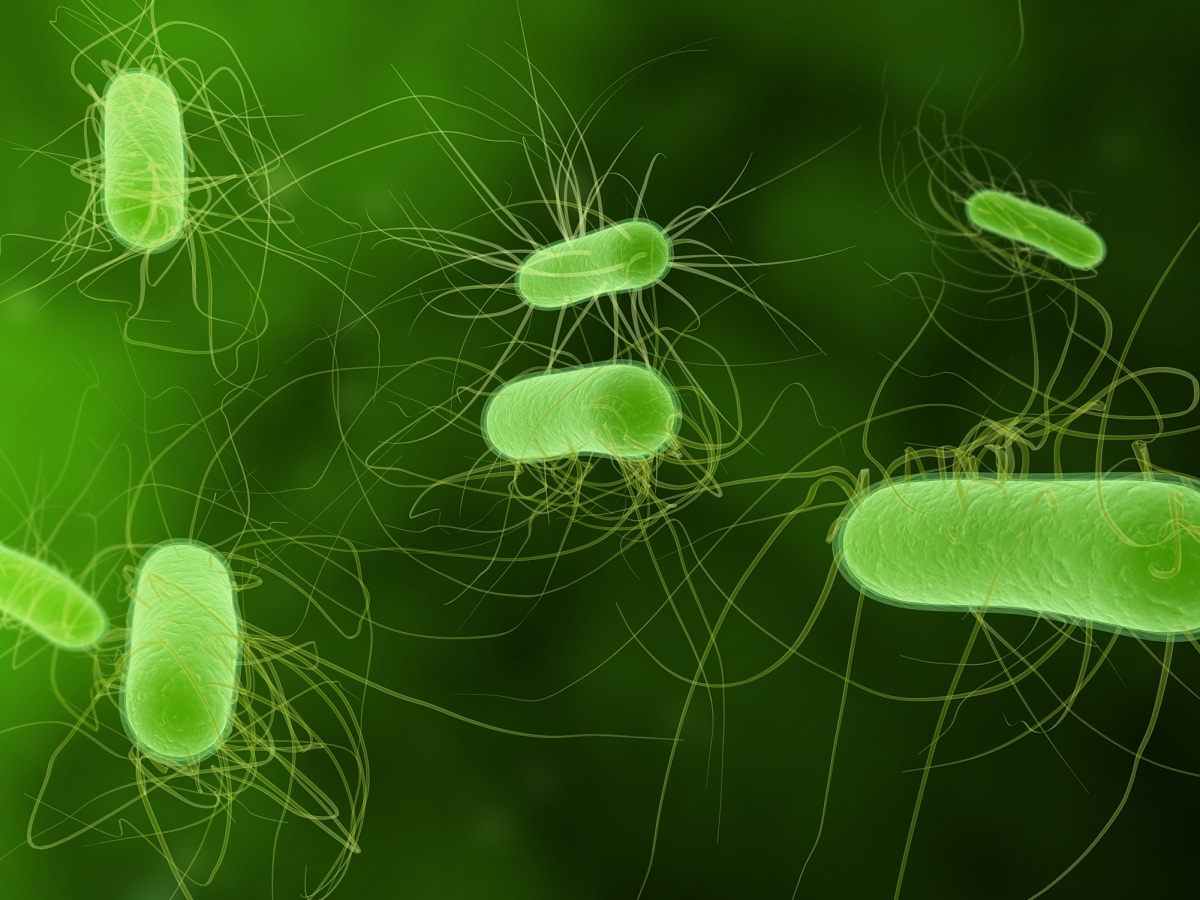
In the world there are thousands of types of bacteria different both of importance for the world of science and for the human being. Each of them has a different characteristic and they are classified into different groups. Some of them are used for health issues, developing industrial processes or for their use as markers of the quality of the environment.
In this article we are going to tell you about all the types of bacteria that exist and their characteristics.
Key features

The first of all is to know what a bacteria is. It is a type of microbe that is found everywhere and takes a wide variety of forms. All these forms serve to adapt to different environments. In addition to making organisms viable, some often depend on them. For example, the human digestive system depends on the activity of bacteria. This is one of the reasons why various criteria have always been sought to be able to classify bacteria and offer tools for their classification and identification.
Microorganisms that are called bacteria are found everywhere. As there is an immensity of species and varieties, it has allowed all these life forms to colonize almost any point in the world. Bacteria have been and continue to be essential elements for life as we know it. An example of a fundamental activity for the development of life is organic decomposition. It is the bacteria that are responsible for organic decomposition.
The domain of bacteria is made up of an immense group of living beings. These living beings are, in general, unicellular and prokaryotic. This means that they are made up of a single cell. The fact of being prokaryotic means that the cell does not have membranous organelles inside and its genetic content is found freely in it. All these qualities differentiate them from the cells that make up animals, since they are eukaryotic cells.
Structure of the types of bacteria

Although there are different types of bacteria throughout the world, there is a more or less generalized structure. It consists of a cell membrane that is responsible for separating the interior from the exterior. This membrane has a cell wall that surrounds the entire membrane to provide greater protection and stability. The sum of the membrane and the cell wall is known as the bacterial cell envelope. It is here where there are differences both in the composition and in the shape of the different types of bacteria that exist in the world.
It should also be borne in mind that being able to distinguish between bacteria is not distinguishing in size. Looking at it is not a good option. And it is that there are microscopic animals like They are rotifers and tardigrades that are made up of cells and even have a nervous system.
Human beings have always sought different criteria to classify living beings and bacteria according to their characteristics. In this way, you can have a more general view of all the organisms that make up life. Having these criteria to be able to identify bacteria is a very useful tool for their study, such as in the field of medicine. Knowing the identification criteria of a bacterium is important to know the cause of the infection of a human disease. For this reason, throughout the history of microbiology, multitude of criteria to achieve a good classification of all prokaryotic cells.
There are numerous ways to classify all the types of bacteria out there. An example of this is according to their food source, according to their respiration, by the presence or absence of enzymatic activity, their mobility, etc. Each of them should combine different criteria to have a more detailed classification.
Types of bacteria

One of the most classic intentional criteria used to differentiate between all the types of bacteria that exist is do it in its morphological characteristics. The shape of a bacterium was only based on the structure visible under a microscope. However, this morphology has helped in the classification of bacteria throughout history. Many bacteria are named after the shape they take. Therefore, we are going to comment on what are the different types of bacteria according to their fundamental form:
Cocos
This type of bacteria is characterized mainly by being composed of a spherical cell envelope. The shape is reminiscent of a coconut. When they are observed under the microscope they can be seen as circular cells. Gates to this, they are easily identifiable and it is easy to distinguish them all by individuality and their environment. There are also subtypes within the category and it is based on how cells are grouped. Try to study the way in which they make an arrangement next to each other.
We see that the solitary spherical bacteria are known with a coconut shape. If we find two round cells joined together then they are diplococci. If there are other more complex unions that originate a chain we see that they are streptococci. Finally, if we see irregular shapes that resemble a bunch of grapes, we see that it is known by the name of staphylococci.
Bacilli
Bacilli are a well-known type of bacteria that It is shaped like elongated rods. As with the previous types of bacteria, they also have several subtypes. These their types are due to the way in which cells are grouped. If it is a solitary cell, it is known by the name of bacillus. On the contrary, if we have two cells united it is a diplobacillus. In the unions of more cells they can be differentiated according to whether they join at the tip forming a chain or at the sides forming a wall. In the first it is called streptobacilli and in the second palisade.
The coccobacillus is one that has a somewhat elongated spherical shape but not so much as to be neither a coconut nor a bacillus.
Types of bacteria: helical
It is the last type of bacteria and is one that presents curvatures in its structure. They can be understood as if they were bacilli that are twisted on themselves and have formed a helix shape. They are easily recognizable and are used under a microscope because of their appearance. They are divided into rigid and flexible spirals. The former are known by the name of spirilos and the latter by the name of spirochetes.. The main difference is that the spiral moves and they form the cell envelope that changes over time.
I hope that with this information you can learn more about the different types of bacteria and their characteristics.